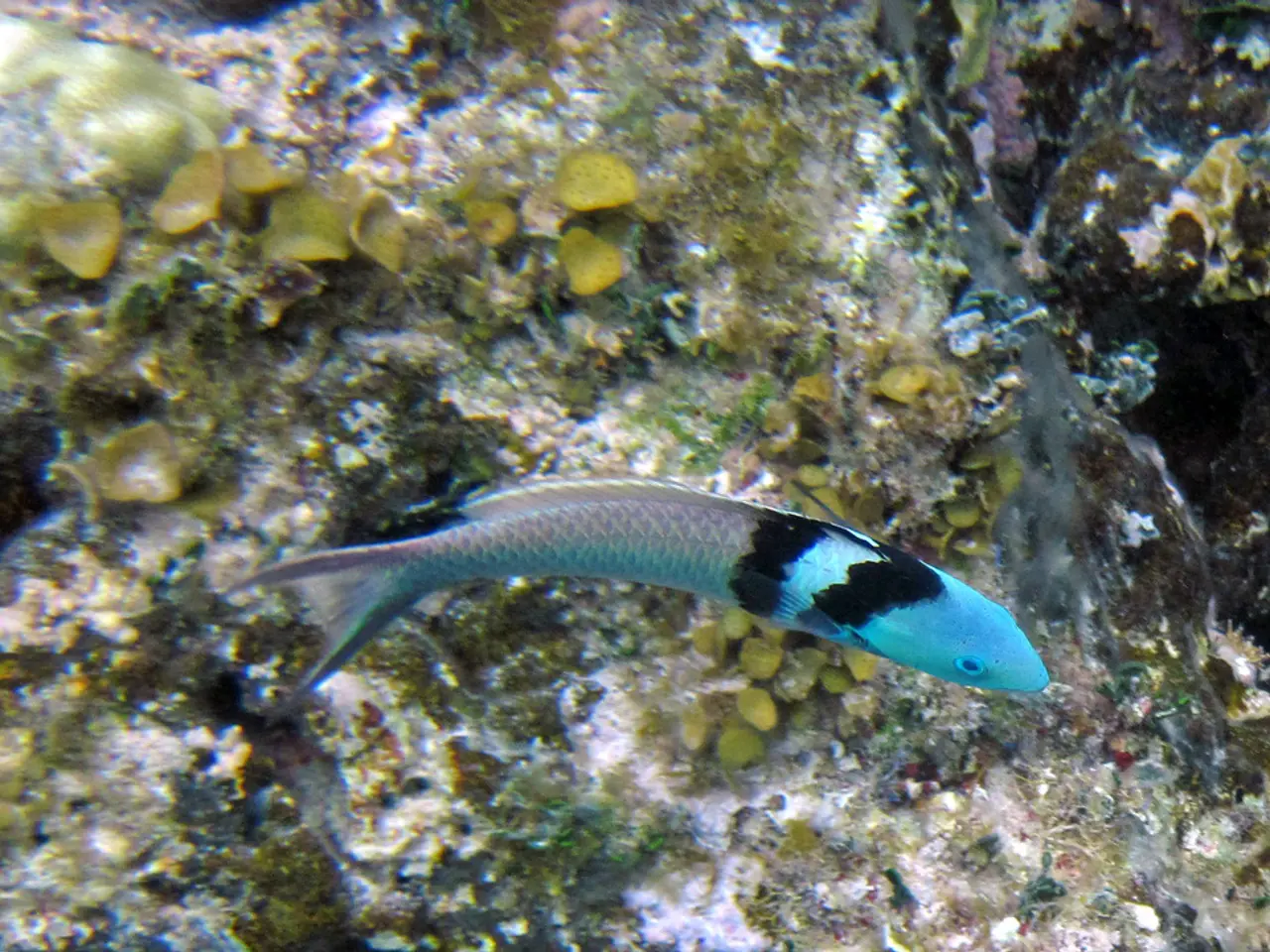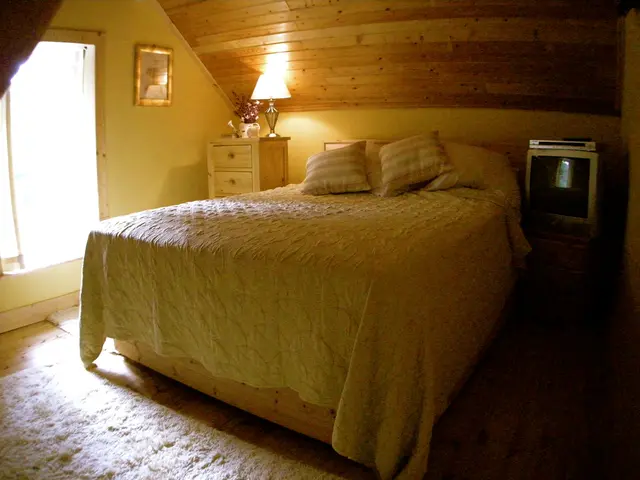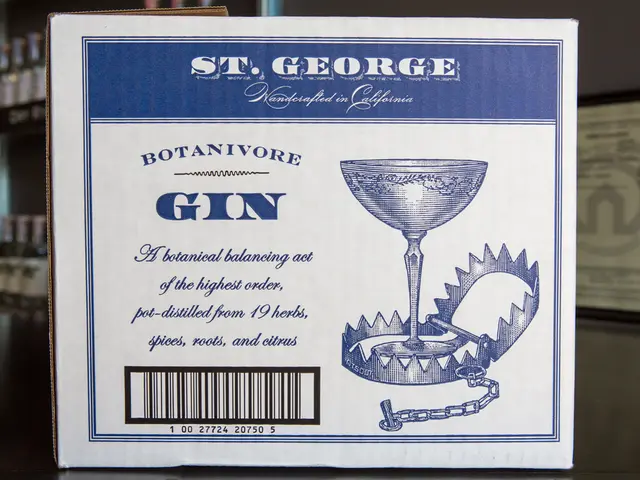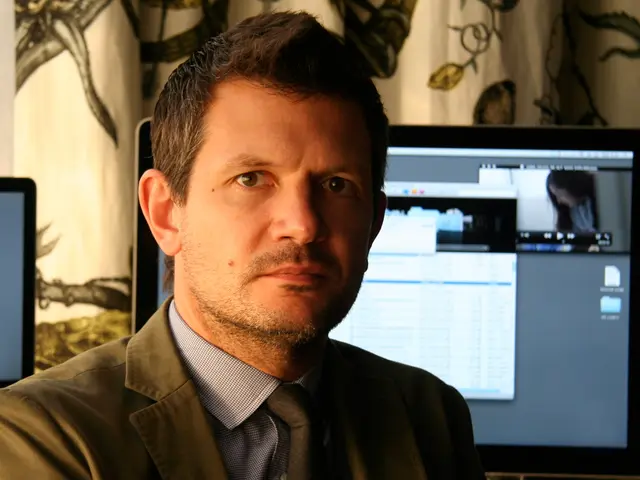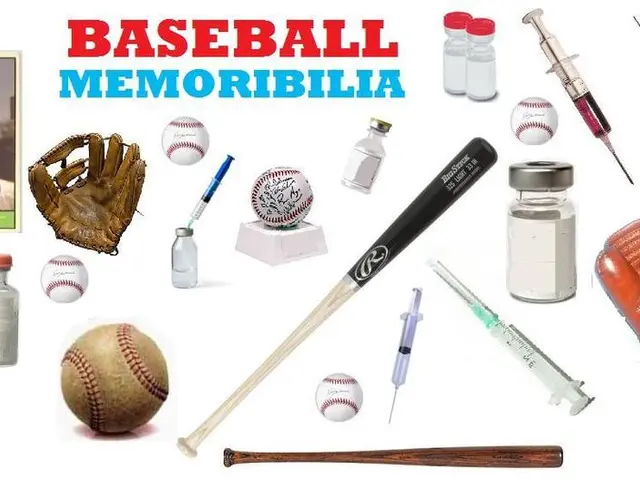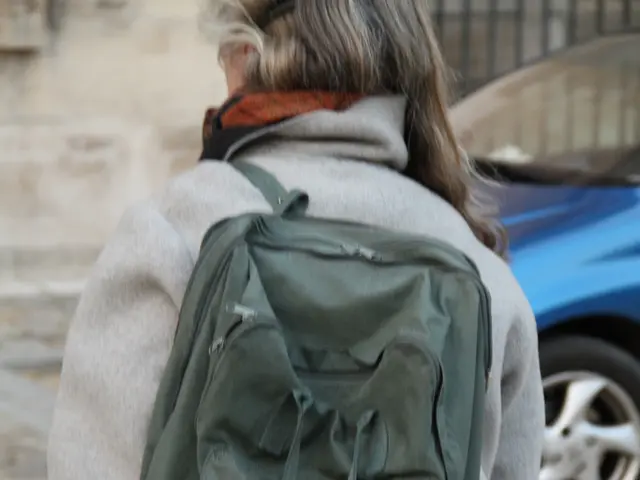Flocked Stalk Hexenröhrling: In Season Now, Here's How to Find & Cook It Safely
Mushroom enthusiasts, take note: the Flocked Stalk Hexenröhrling is in season. This highly valued edible mushroom grows in forests from early summer to fall, with the best chance to find it between July and October. However, proper identification and cooking methods are crucial for a safe and enjoyable foraging experience.
The Flocked Stalk Hexenröhrling, a member of the Dickröhrling family, is characterized by its dark brown cap and yellowish stalk adorned with orange to brick red scales. Its yellow gills turn blue immediately upon touch, and its flesh also turns blue when cut. This mushroom grows in deciduous and mixed forests, often in association with oak and beech trees.
While a mushroom app can aid in identification, it should not be solely relied upon. The Flocked Stalk Hexenröhrling can cause allergies or stomach upset if not properly cooked. It should not be confused with the inedible Fairy Ring Champignon or the poisonous Death Cap and Net-stemmed False Morel.
In summary, the Flocked Stalk Hexenröhrling is a highly valued edible mushroom with a mild, delicate flavor. It grows in forests under various tree species from early summer to fall. To safely enjoy this mushroom, ensure proper identification, cooking, and avoid confusion with similar, potentially harmful species.
